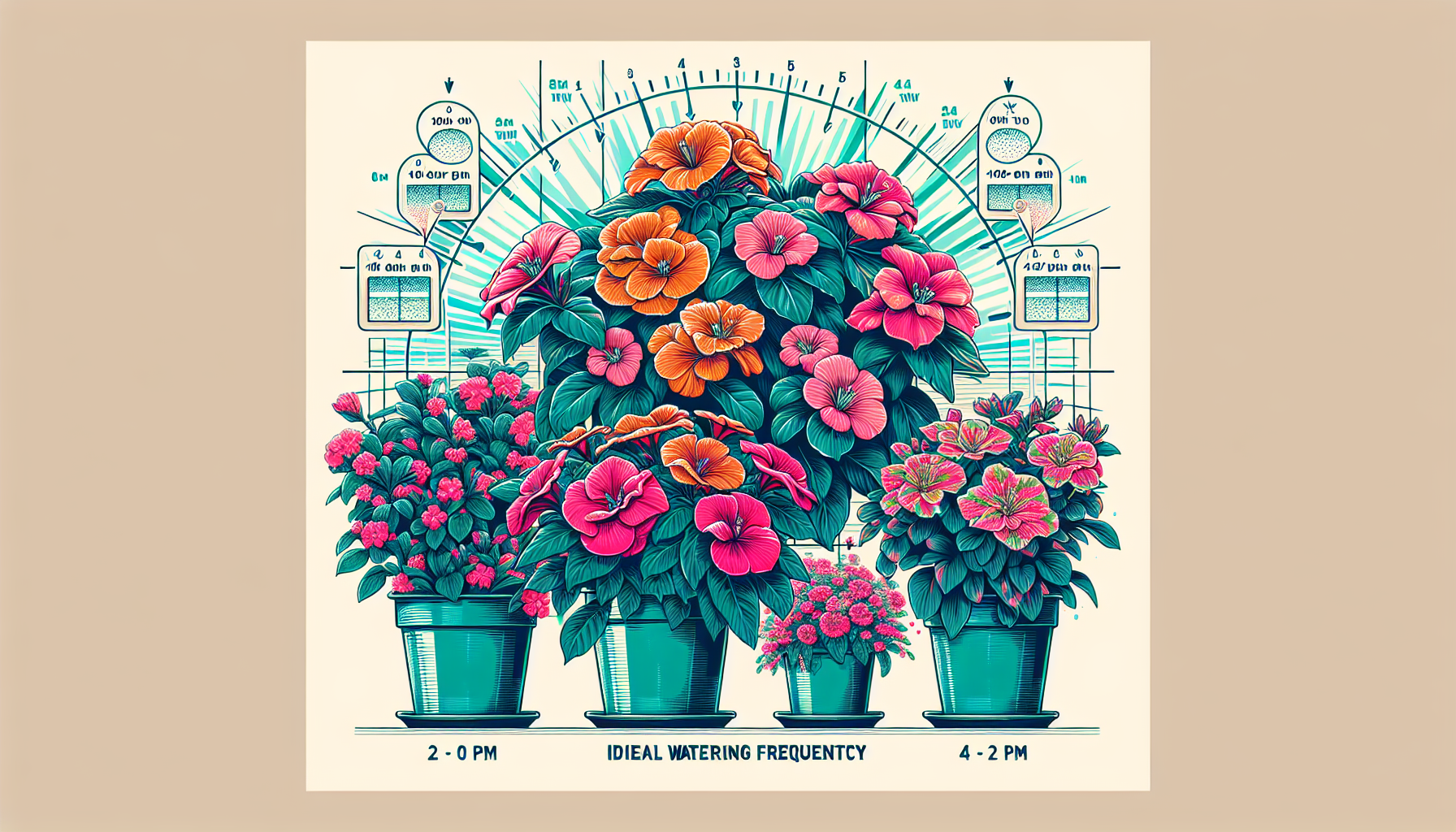Indoor plants are an excellent way to add color and life to our homes, but proper care is essential to ensure their health and flowering. One of the most common questions among gardening enthusiasts is: how often should I water my indoor plants to make them bloom abundantly? The answer, although complex, can be clarified with some practical tips.
Gardening experts caution that there is no one-size-fits-all rule for all plants, as the frequency of watering varies depending on the type of plant, pot size, time of year, and environmental conditions in the home. However, there are general guidelines that can help plant enthusiasts manage watering.
Generally, most indoor plants require watering every 7 to 14 days. However, it is important to observe the specific needs of each species. Plants like begonias or peace lilies, which are more thirsty, may need more frequent watering, while cacti and succulents prefer a drier environment, with watering intervals that can extend to several weeks.
The time of year also plays a crucial role in watering frequency. During summer, when temperatures rise and sunlight intensity is higher, plants tend to evaporate more water, requiring more regular watering. In contrast, during winter, plant growth rates decrease, which can result in less water consumption.
Another factor to consider is the type of substrate and pot drainage system. Well-drained substrate allows roots to breathe and prevents waterlogging, which can be detrimental to plants. Therefore, it is recommended to use pots with holes at the bottom and specific substrates according to the needs of each plant type.
Lighting also influences watering frequency. Plants receiving bright indirect light usually require more water than those in dark or low-light spaces. It is also advisable to water in the morning or evening when temperatures are cooler to minimize evaporation and maximize water absorption.
Additionally, the use of fertilizers can be essential to stimulate flowering. Regular application of nutrients will contribute to the development of flowers and overall plant health. The combination of proper watering and correct fertilization can transform our indoor plants into vibrant displays of color and life.
In conclusion, achieving abundant flowering in our indoor plants requires attention to their specific water, light, and nutrient needs. Observing their behavior and learning to be responsive to their needs are key to keeping them healthy and vibrant.
Referrer: MiMub in Spanish












